As a biologist one of my main concerns has to do with biodiversity in the city. How can we accomplish it? How can we maintain it? How can we enhance biodiversity in urban settings?
At first glance it would seem that biodiversity and cities are two concepts that don't mix. The endless ribbons of concrete, asphalt, brick, and sidewalk of the city, along with the darkening shadows between buildings, the dry alleyways, salted streets...none of these are conducive to life forms. Or are they?
It is important to remember first of all that all kinds of microbial organisms inhabit our cities, the same as they thrive in our bodies. Fungi and bacteria abound, all of them taking advantage of hidden crevices where nutrients may be present. These invisible or nearly invisible organisms provide a kind of basis for everything else in the ecosystem. They break down and channel waste. They make nutrients available. They are pioneer species that live in those truly lifeless corners, forming soil, retaining moisture, and creating habitat.

After these, the small things, mosses, algae, and grasses take their place in the urban ecosystem. Like the fungi and bacteria these small guys live in corners, cracks in the pavement, chinks in the brick, breaks in the asphalt. The ones that establish themselves in the city don't have very specific habitat requirements. They can tolerate extremes of heat, dryness, wind, and, ironically, shade. The city is a harsh environment but not impossible.
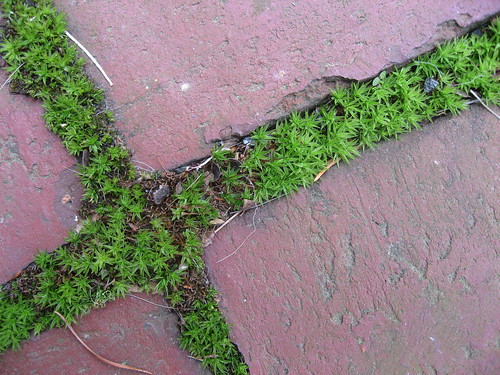
What we call "weeds" are next on the succession of urban habitats. Larger plants, usually flowering plants of one sort or another fill this ecological space. Often they are found on small plots of soil, verges between the street and sidewalk. Members of the families Chenopodiaceae (like lambs' quarters) or Compositae (dandelions, asters, and a hundred other species) or Scrophulariaceae (Verbascum, eggs-and-butter, etc.) tend to thrive here. Most but not all of these species are annuals, plants that live out their lives in a single season. They are common to desert habitats and other seasonally dry or cold places, where life is harsh but not impossible. They are able to germinate, grow, and set seed in a single season and many of these, biennials or semi-perennials, can be seen in late fall or early winter setting out small rosettes of new leaves that will give the plant a head start in the spring. Because these plants are highly fertile they their seeds (and pollen) are found almost everywhere and they are able to colonize new urban environments as they become available. Speaking of biodiversity these plants provide habitat and nutrition for all kinds of insects, many of them beneficial, that in turn provide nutrients for vertebrates we value, such as birds.
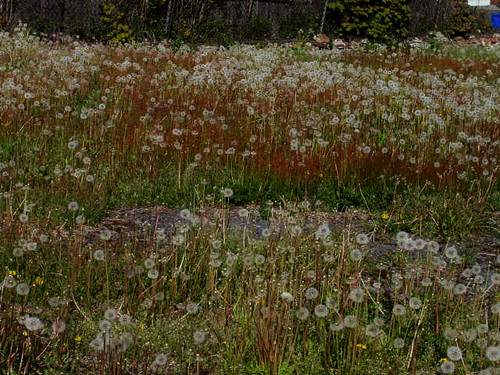

Urban trees are of course the great providers. The bless our urban habitats with shade, with leafy greens, and with a kind of orienting form with their branches and trunks. In the trees live all kinds of vertebrates, some of them pesty like squirrels and others more "natural," like hawks and even owls, that control the squirrels and pigeons and help keep our neighborhoods free of pests like mice and rats. The trees are home to all kinds of birds, they provide wet hideouts in their bark for lichens and mosses, and their leaves, when we allow them to molder, provide nutrients for our urban soils.
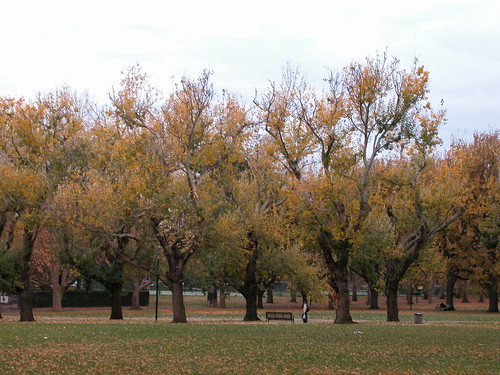
Trees cool the environment, they provide noise abatement, and to an extent they add oxygen to the atmosphere. Properly maintained trees and the green spaces they grow on help to control storm water, directing it to the soil instead of straight into sewers. They help to produce soil, which filters some of the toxins out of runoff and provides substrate for other plants. If you fly above our cities you can see that trees make the older parts of cities look like jungle islands while the suburbs, radiating out in their sprawl, look relatively barren.

We need to keep planting and nurturing trees in our urban environments. And it behooves us to maintain whatever natural spots we have in the city. Reducing lawns and replacing them with shrubs, small trees, or other plants is also a good way to reduce our dependence on irrigated green spaces, as well as unnecessary fertilizers and pesticides.

My students are working on urban plans right now. Yesterday I had the delight of going over some of their plans with them. Featured heavily in these plans are green walls, green roofs, enclosed gardens, and living "machines," all expensive interventions that require a large amount of infrastructure and maintenance. My students are always a little taken aback when I point out the kind of common sense biodiversity that we already have in the city. They are aghast I think when I mention some of the potential problems in maintaining properly functioning green roofs and other high-profile architectural interventions. But I think it's important to start at the small, almost invisible level of urban biodiversity, to understand the dynamics of that ecosystem, before we pour on the investment-heavy interventions.
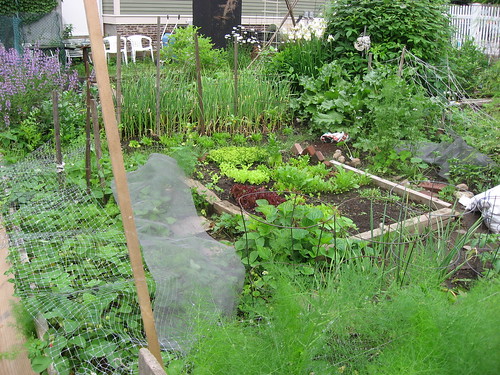
Urban gardens, community victory gardens, even window boxes all have their place in making our urban spaces diverse biologically. At the same time, these low-key interventions provide water-cleansing and conservation services, mitigation of the urban heat island effect, and an living environment that "fits" the rough habitat of the city at very low cost. These small green interventions bring biodiversity to the human scale. They provide us with real nature we can interact with. And they encourage and permit us to be mindful of our environment by feeling it, touching it, and smelling it.
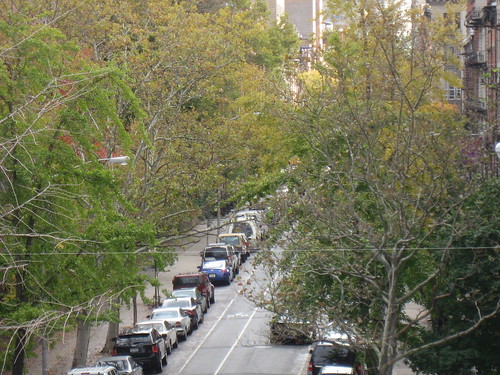
These are the ecological design principles John Todd uses in building his systems. Every time I read them, I learn something new.
ReplyDelete1. Geological and mineral diversity must be present to evolve the biological responsiveness of rich soils.
2. Nutrient reservoirs are essential to keep such essentials as nitrogen, phosphorus, and potassium available for the plants.
3. Steep gradients between subcomponents must be engineered into the system to enable the biological elements to evolve rapidly to assist in the breakdown of toxic materials.
4. High rates of exchange must be created by maximizing surface areas that house the bacteria that determine the metabolism of the system and facilitate treatment.
5. Periodic and random pulsed exchanges improve performance. Just as random perturbations foster resilience in nature, in living technologies altering water flow creates self-organization in the system.
6. Cellular design is the structural model as it is in nature where cells are the organizing unit. Expansion of the system should also use a cellular model, as in increasing the number of tanks.
7. A law of the minimum must be incorporated. At least three ecosystems such as a marsh, a pond, and a terrestrial area are needed to perform the assigned function and maintain overall stability.
8. Microbial communities must be introduced periodically from the natural world to maintain diversity and facilitate evolutionary processes.
9. Photosynthetic foundations are essential as oxygen-producing plants foster ecosystems that require less energy, aeration, and chemical management.
10. Phylogenetic diversity must be encouraged as a range of aquatic animals from the unicellular to snails to fish are as essential to the evolution and self-maintenance of the system as the plants.
11. Sequenced and repeated seedings are part of maintenance as a self-contained system cannot be isolated but must be interlinked through gaseous, nutrient, mineral, and biological pathways to the external environment.
12. Ecological design should reflect the macrocosmos in the microcosmos, representing the natural world miniaturized and reflecting its proportions, as in terrestrial to oceanic and aquatic areas.
from A Safe and Sustainable World: The Promise of Ecological Design by Nancy Jack Todd
Washington: Island Press, 2005
ISBN 1-55963-778-1
from http://www.dailykos.com/story/2013/08/20/1230749/-Canal-Restorer-to-River-Restorer